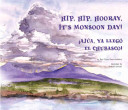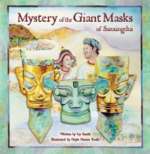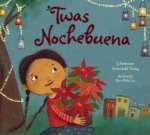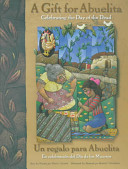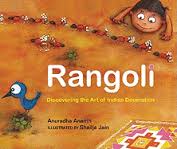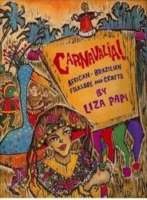
Holi is a popular Indian festival that takes place at the end of the winter season. The celebration of Holi brings people closer together. During Holi, people welcome spring by throwing colored water or powder on one another. This story begins during the winter season, with a boy who is anxiously waiting for spring and the celebration of Holi to begin. When Holi day finally arrives, he can’t wait to celebrate. He decides to use his colored powders– before his family and friends arrive! As he explores the different colored powders, he starts to relate the colors to what he sees happening in nature during springtime. Through his own exploration, he learns more about the significance of this colorful festival.
See the review at WOW Review, Volume 8, Issue 3

